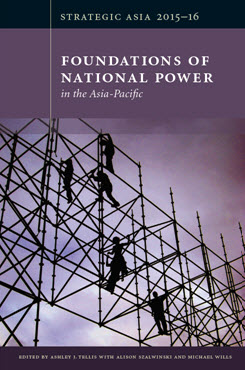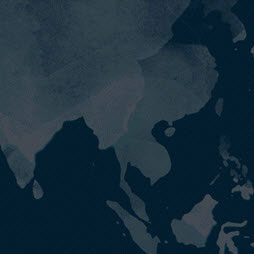Challenges to South Korean Power in the Early 21st Century
This chapter provides a comprehensive analysis of the national capabilities of the Republic of Korea (ROK), assesses the outlook for its future development, and draws implications for the region and the U.S.
EXECUTIVE SUMMARY
MAIN ARGUMENT
Commensurate with its rapid economic growth since the late 1960s, South Korea has made enormous strides in virtually all categories of hard power. The ROK has also been joined in a critical alliance with the U.S. since the end of the Korean War. Despite these achievements, however, South Korea faces core challenges heading into the late 2010s and beyond, such as a growing North Korean nuclear arsenal, a rapidly aging society with falling birthrates, rising social welfare costs, and a developmental state model that can no longer sustain higher rates of growth. Moreover, while the ROK remains focused on meeting a range of threats from North Korea, it must also take into consideration other major drivers such as China’s increasingly robust and sophisticated power-projection and access-denial capabilities.
POLICY IMPLICATIONS
- Given both the country’s rapidly changing demographic profile and the limitations of the developmental state model that was used to engineer its dramatic growth, South Korea needs to consider revising the so-called 1987 constitution and formulating a new “developmental consensus.”
- To ensure that South Korea remains competitive economically, it should continue to strengthen the global trade regime through the implementation of existing free trade agreements and should support trade diversification, greater deregulation, and both defense and nondefense R&D.
- The ROK should shift the focus of its military reform strategy from structural changes to operational and managerial changes in order to enhance the military’s ability to modernize its force, including through greater investments in command, control, communications, computers, intelligence, surveillance, and reconnaissance (C4ISR) capabilities and advanced precision-guided munitions.
Strategic Asia
The Strategic Asia annual edited volume incorporates assessments of economic, political, and military trends and focuses on the strategies that drive policy in the region. Learn more about Strategic Asia.



